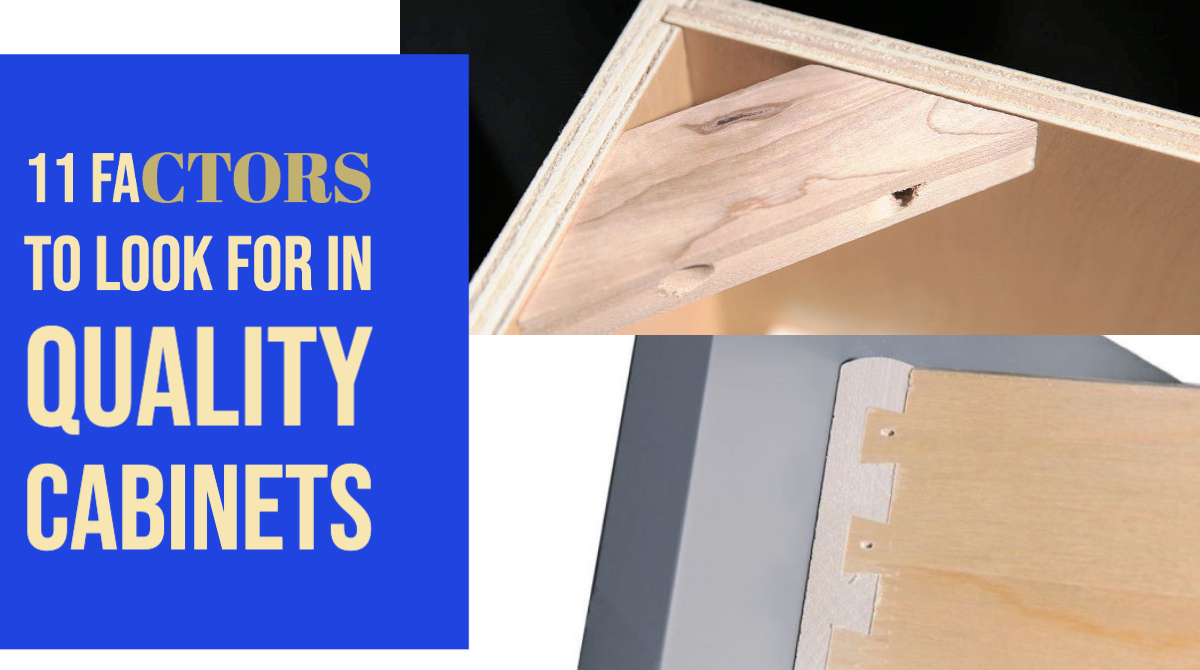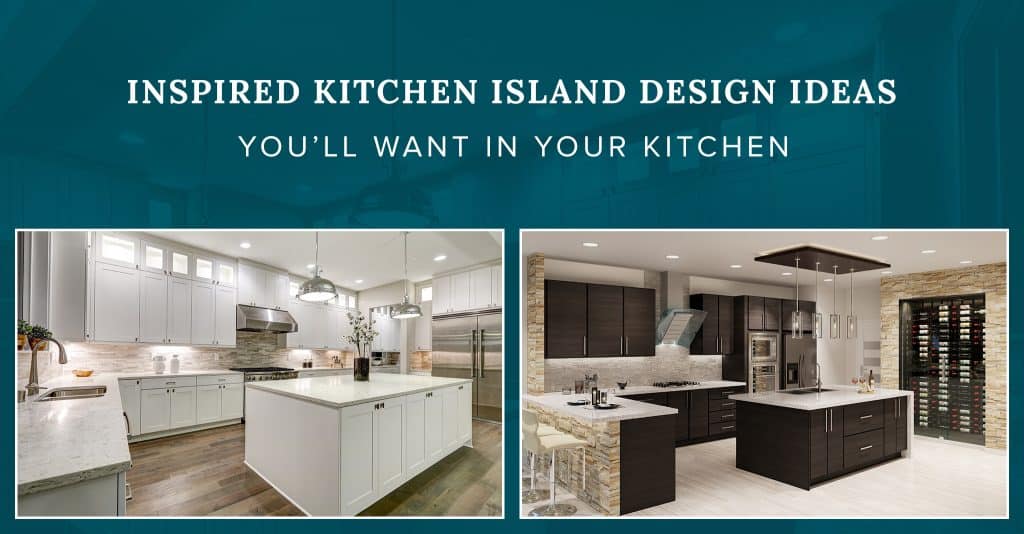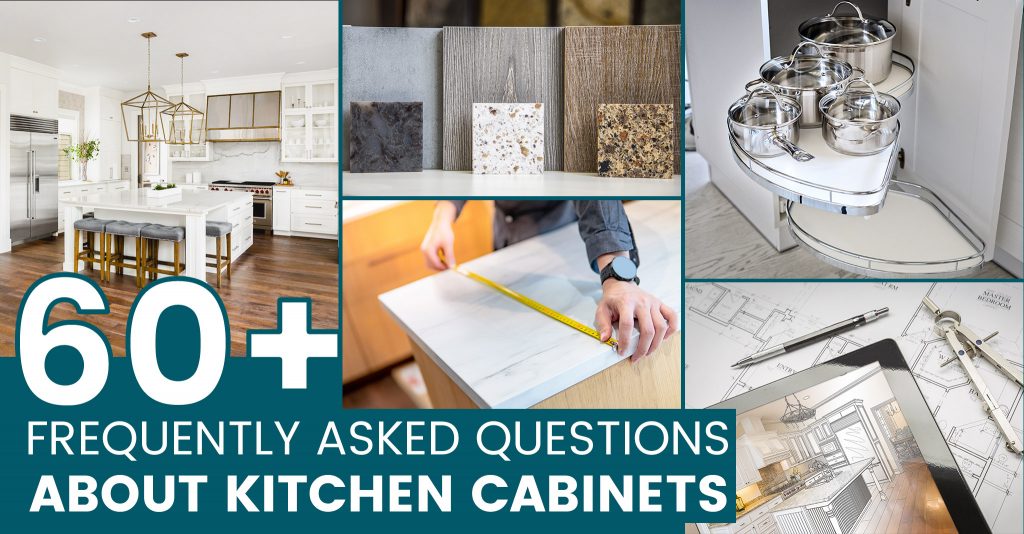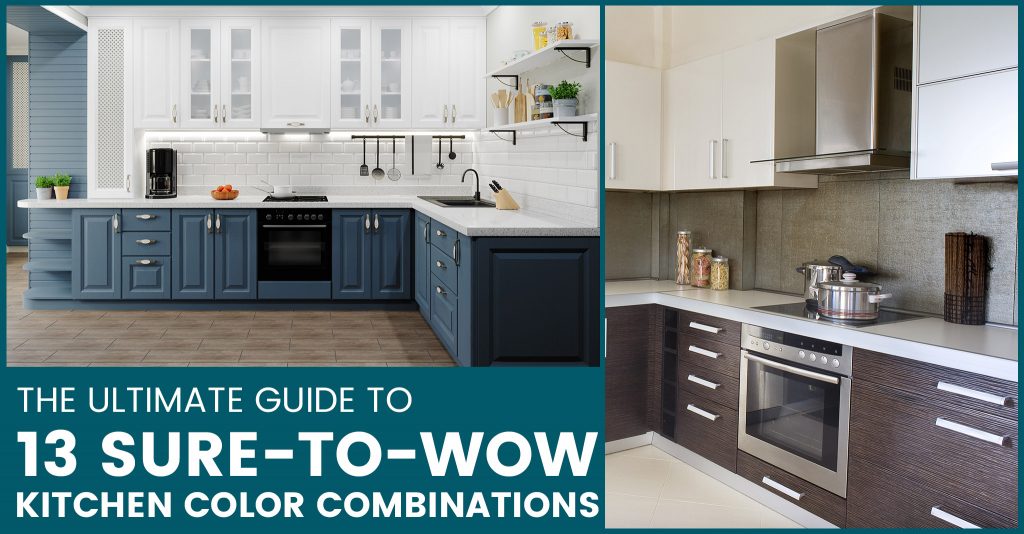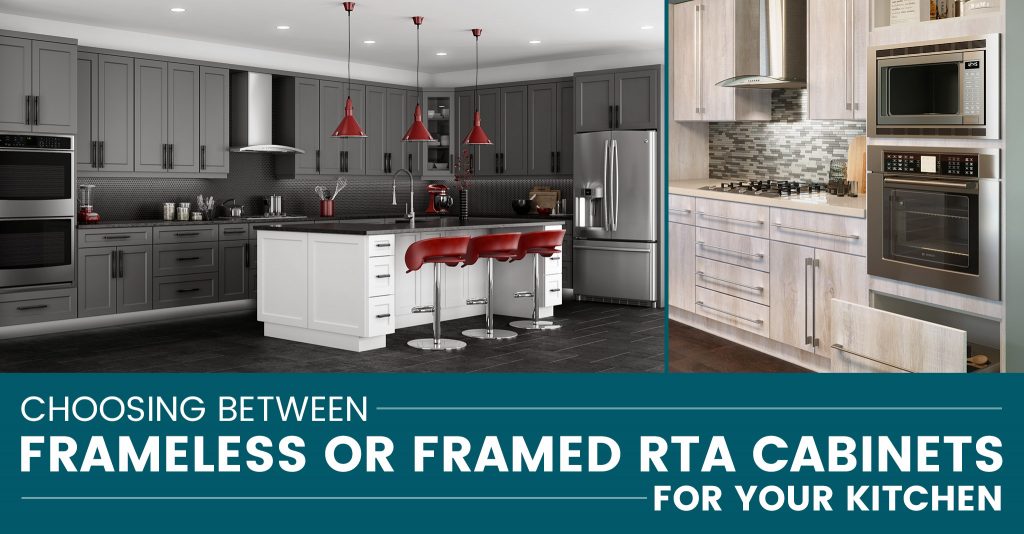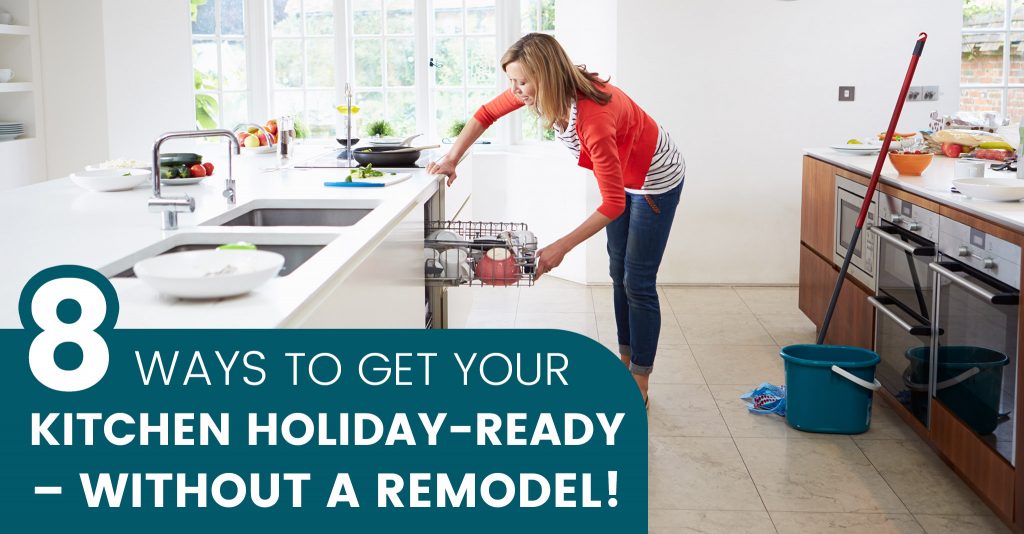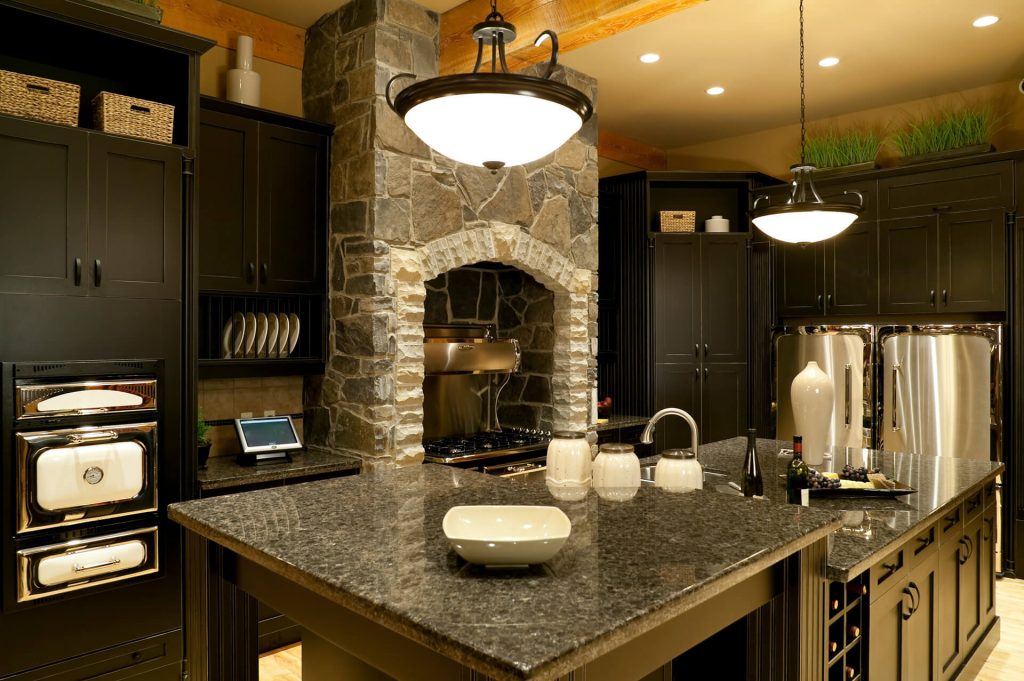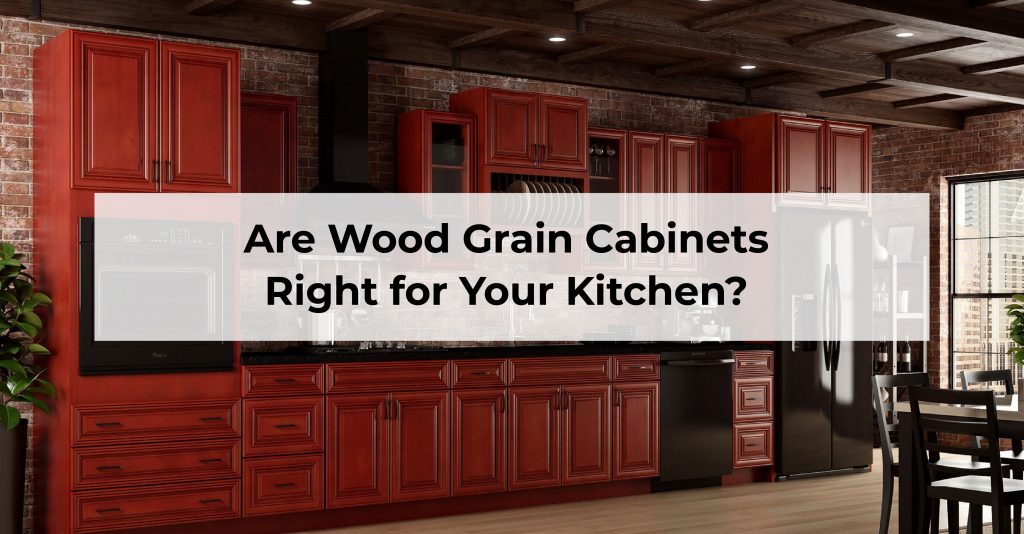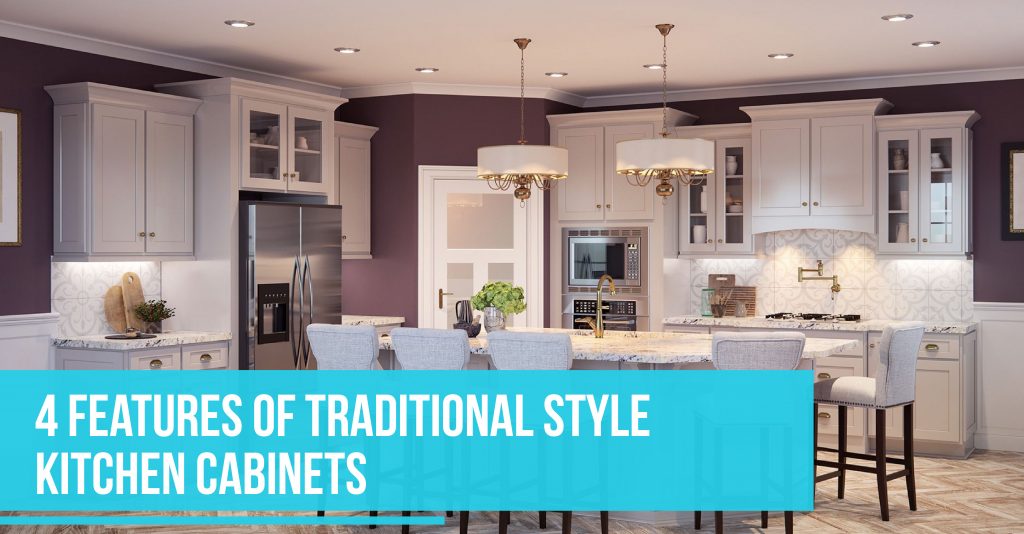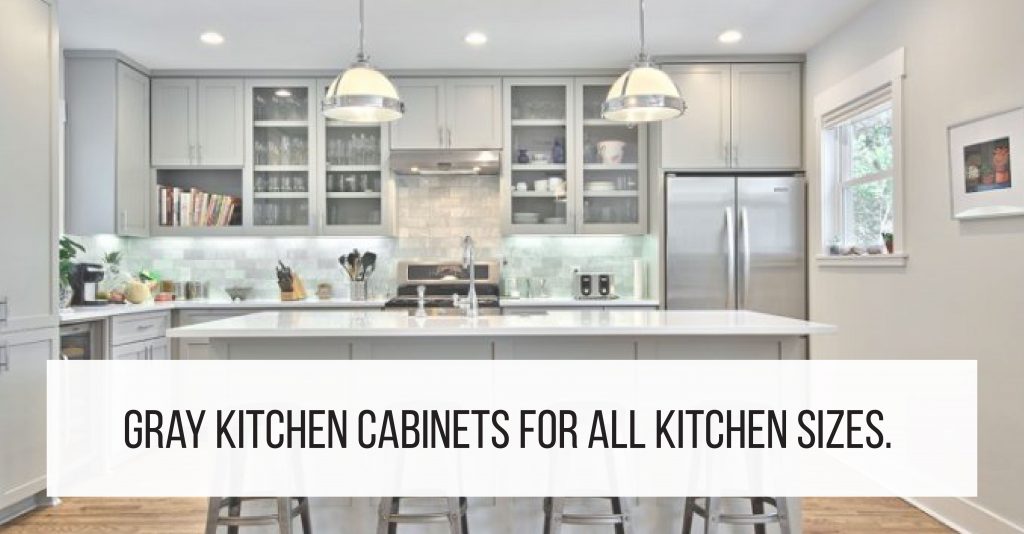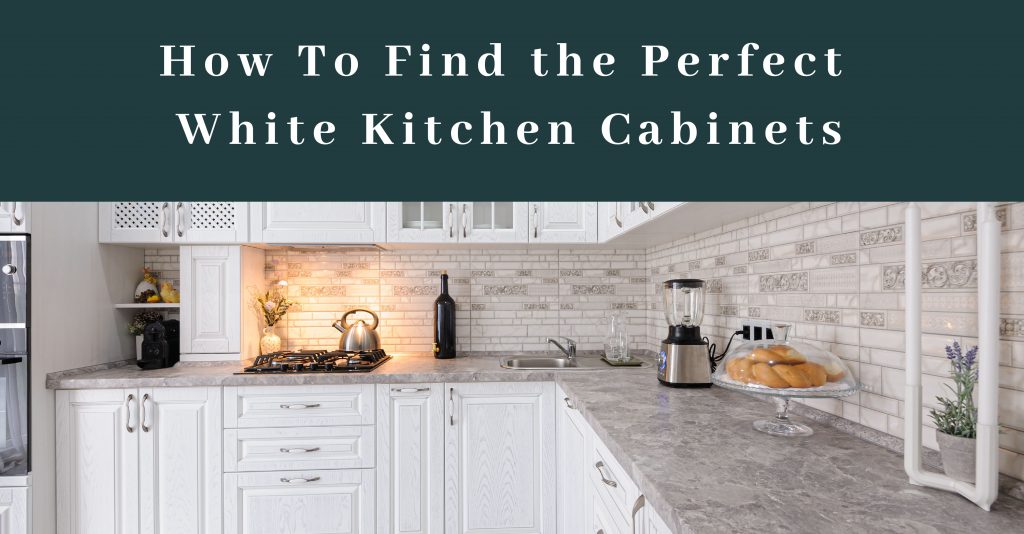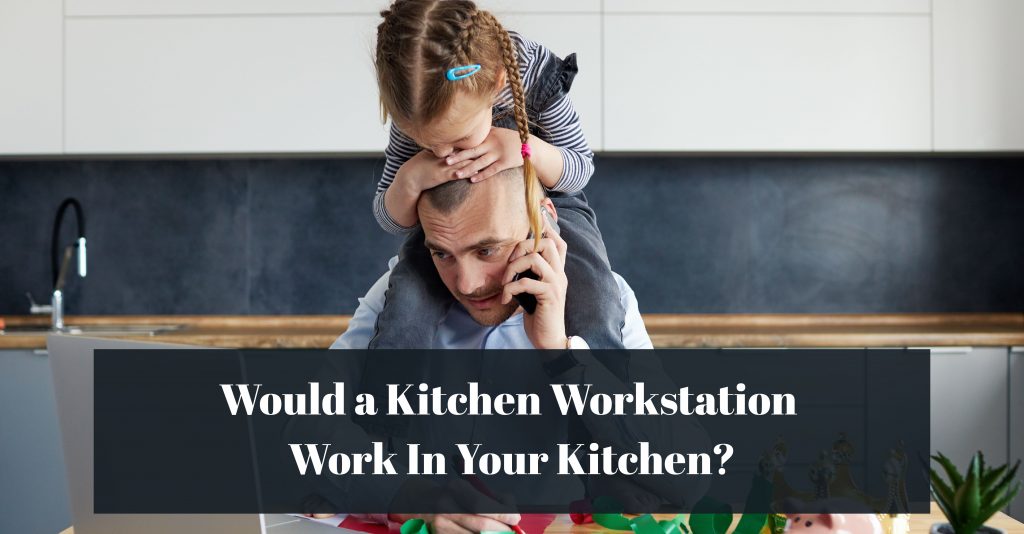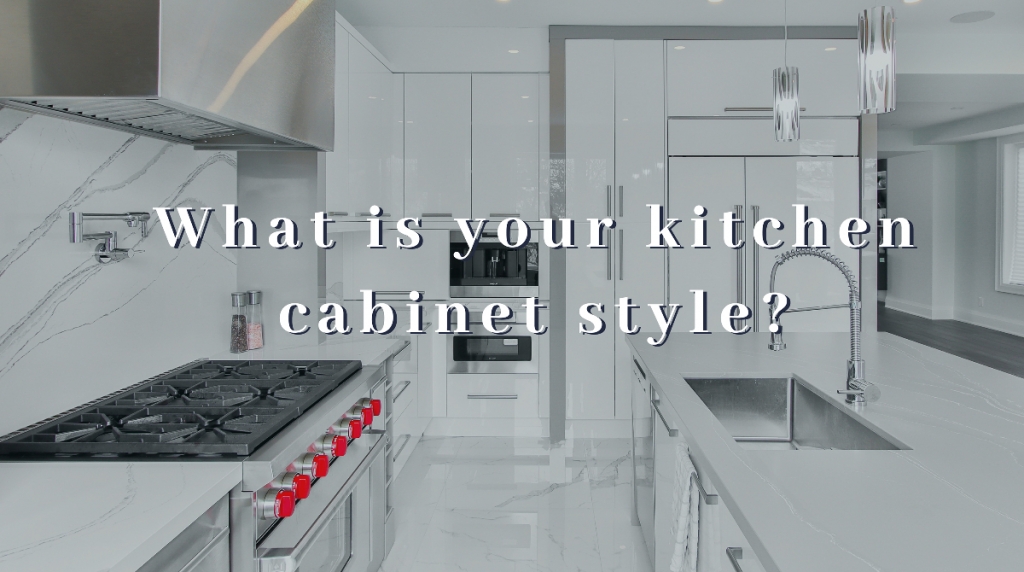Most homeowners want their cabinets to be stylish to give their house an updated look, along with having better functionality. While choosing the color, style, and accessories can drive the price of your cabinets, they are not the main factor. Cabinet quality is the #1 driver of cabinet pricing.
If the cabinets are priced lower than other similar cabinets, it is because they are made out of inferior grade materials. That’s it; there is no mystery. With cabinets, you absolutely get the quality for the price you pay.
Why does cabinet quality matter?
Lower quality cabinets will start to sag, peal, quite literally fall apart before your eyes.
When you purchase cabinets, you expect them to look good, and all the drawers and hinges work for a long time. Quality cabinets should look great and work well 20 to 30 years after installation.
Most homeowners get one chance to renovate or build a kitchen. Take the time to learn about the best quality cabinets you can purchase that meet your style, color, and budget.
There are 11 factors about cabinet quality to consider before buying cabinets.
All-Plywood Construction
Inspecting the cabinet boxes is the best place to start when looking for the type of wood used in cabinet construction. Watch for whether products are made from plywood or particleboard.
Among these two, plywood is the strongest option. The best quality cabinets will have plywood sides and backs. This helps the cabinets hold their shape during shipping, arrival, and installation in your kitchen. Strong cabinets support the weight of the countertops, kitchen accessories, and repel moisture.
Particleboard isn’t as good as plywood because the material has less strength. Particleboard can be prone to crumble, particularly on the edges, and wherever there are hardware attachments. It also tends to absorb moisture. If there are problems with the screws and joints, the material is hard to repair.
Look for all-plywood construction (APC) for the best quality cabinets.
Full-Height Back Panels
When is the last time you’ve considered the back panel of your kitchen cabinet? We would take a guess and say, “Never.” You have never considered this part of your cabinet, and why should you? If you are buying a quality cabinet, the back panel should not be a problem.
You are absolutely correct; in quality cabinets, the back panel is as strong and durable as the rest of the cabinet.
However, in low-quality cabinets, it is a different story. The weight of kitchenware can cause lower quality cabinets to collapse over time. The number one cause of cabinet collapse is a poorly constructed back panel.
You can avoid a kitchen disaster by choosing a cabinet with a full-height back panel.
Soft-close hinges
You might be asking why a cabinet hinge matters. After all, it’s the only job is to hold your cabinet door to the box, right? However, without them, you can’t open and close the doors of your cabinets. If the hinges are weak or poorly made, the doors will quickly become loose, start sagging or never close properly.
Low-quality hinges are those which can only adjust four-ways or those which don’t have a lifetime warranty. Hinges receive a lot of use and wear-and-tear. The best quality cabinet hinges have a special mechanism built-in, which means the doors close softly. They use a nickel plate on a hardened steel hinge, and the hinge adjusts six ways.
Choosing quality hinges will help in the longevity of your doors.
Undermount, soft-close drawer glides
Having quality glides or slides is essential if you want to have smooth, silent cabinet drawer action – over many years. Drawers also hold a lot of weight, and this adds to the importance of having durable, well-made glides. If your cabinets have low-quality glides, over time, you will notice sagging, drawers with a tendency to get stuck or drawers that are too loose.
Manufacturers have a large variety of choices when it comes to drawer-glide systems. In low-quality glide systems, you will find glides which use epoxy-coated metal and plastic rollers; drawers will only open part way, glides are mounted on the side of the drawer, or worse yet, center-mounted wooden, or metal with a plastic brace.
High-quality glides are made with steel and mounted underneath the drawers.
Hardwood Dovetail Drawer Boxes
The drawers are a high action area in the kitchen, and these are usually the first places where wear-and-tear begins to show. The materials and the type of joints matter if you want your drawers to last.
Typical problems with low-quality drawer boxes are when the bottom begins to sag, or the face breaks off. The lowest-quality products typically use staples and notched butt joints. These construction methods are not as secure as dovetail joints.
The longstanding standard of American cabinetry has been drawer boxes with dovetail joints, and sturdy plywood bottoms. This is because the result is one of quality, strength, and beauty. Usually, a high-quality drawer box will have sides that are at least ⅝ inches thick. When using the dovetail joint, the two sides of the box fix together with interlocking teeth.
The dovetail joints add strength to the structure. The bottom of the drawer is usually made from plywood. The base attaches to the sides using dado (groove joints), are glued and nailed into position.
Look for dovetail joints if you want your drawers to last.
I-Beam Construction
I-beams are used on the upper sides of the cabinets installed at the ground level. These beams give extra strength over the long-term, and help cabinets hold their shape during shipping, and when they are installed into your kitchen.
Cheaper alternatives to the I-beam are triangular gussets on the corners and brace. These get stapled to the sides of the cabinet and don’t add any strength at all. Cabinets that don’t have an I-beam are more vulnerable to changing shape, bending, or sagging over time, especially if the cabinet is in regular contact with moisture.
I-beams are a dead give away about the quality of the cabinet.
Melamine Interior
When you look at the inside of a kitchen cabinet, you should see a smooth, non-porous surface that you can wipe clean easily. The surface needs to last a long time without damage.
Low-quality interior surfaces will often stain, bubble, or otherwise show wear-and-tear quickly. When a cabinet uses a wood veneer on the interior or shelves, the porous surface can soak up moisture and provide little nooks and crannies for germs to grow. Besides, you can’t use cleaning detergent because it will damage the veneer. Wood veneer is also vulnerable to damage from moisture in the air, greasy fumes from cooking, and food particles that can collect in the porous wood surface.
Melamine is the best quality option and gets applied to plywood, particleboard, and wood veneers. Melamine is a high-quality option for the internal cabinet coating. Melamine coating is fire-resistant, stain-resistant, waterproof, and durable. You can also use strong household detergents on the surface without having to worry about damaging it. You can find Melamine on whiteboards, countertops, dishware, and floor tiles. The coating comes in different colors, but usually, in kitchen cabinets, they use a light birch shade. This gives a nice bright look to the inside of the cabinet.
Look for a light-colored melamine interior because you can see what is inside the unit more easily and clean it without worry.
Face Frames
When you purchase a kitchen cabinet, you can choose a framed cabinet or a frameless cabinet. In the framed version, a solid hardwood frame attaches to the cabinet; then, the hardware attaches to the frame. When you have a frameless cabinet, the door itself attaches to the sides of the cabinet. Both methods look quite different and can vary a lot when it comes to quality. A frameless version usually costs more to install.
When manufacturers use a frame, this is a good sign of a quality cabinet. When the hinges and other hardware are attached to the frame, it acts as a solid hardwood base for the attachments. This is much stronger and longer-lasting than a frameless cabinet.
Many frameless cabinets use particleboard. This material has a high risk of degenerating as the particle board can crush or crumble, causing the hardware to work itself loose. Installation is critical with frameless cabinets; precision is crucial because even small mistakes are noticeable. This is why, sometimes, frameless can cost more to install because a higher level of accuracy is required.
Both types of cabinets can be a nice addition to your kitchen. The difference being one more of aesthetics. Be sure if you are choosing frameless, you hire an experienced and insured contractor for the installation.
Fully Assembled or Read To Assemble (RTS) Cabinets
Cabinet manufacturers can either build the unit at the factory, box it up and ship it out – ready to install. Or, they make ready-to-assemble (RTA) units that arrive in parts, for you or your contractor to assemble in your kitchen. The main factors are price, convenience, and strength of construction.
When they build a cabinet at the factory, they are much more durable and will last longer. This is because the methods for construction used at the factory will produce more substantial results. For example, they use dovetail joints, hot and cold glue, power fasteners, and other factory techniques. You can’t replicate these techniques at home, even if you hire a contractor.
Buying up RTA cabinets will often save you money. However, you will have other costs, the construction quality will be lower, and it won’t last as long as factory-built cabinets. Building the units will take you time or cost you money to pay for someone to do the installation for you. Furthermore, when putting the unit together at home, you can’t replicate some of the factory methods. This means the unit won’t have the same strength as a factory-built unit.
Either version can allow you to have beautiful cabinets in your kitchen, keep in mind the setbacks you might have due to building them in your kitchen.
Customizability and Modifications
Custom modifications add a variety of choices to the kitchen cabinet. You can select from different sizes, colors, styles, and other specific features suited to your needs. Some customers wrestle with the problem of not enough choice from standard cabinets but find the price of fully customized cabinets too high. What many people don’t know is in semi-custom cabinets, with modifications, you can find a compromise between the two.
The semi-custom cabinets, with modifications, give more choices than the standard units – but they are not 100 percent customizable. You are taking the middle ground route. There are different options for size, style, and extras.
The manufacturer makes your kitchen a custom product but starts from a basic line to save cost. Your modifications get added further along the production line.
The kind of adjustments you can make are choosing finished interiors, one-inch incremental adjustments to the cabinet base box size, the door styles (glass-ready, open-front, mullion doors, etc.), angle cabinets and so on. With these extra options, a kitchen designer can help you achieve a lot more in your space without going for a full custom job.
Lifetime Warranty and Industry Certification
The warranty doesn’t necessarily guarantee the quality, but what it does show is that the manufacturer is confident about their product. If a product has a lifetime warranty, you know they have some confidence, and this implies quality.
You know you have bought low-quality cabinets when they begin to show signs of wear-and-tear, and breakage after five to 10 years. Usually, most warranties will have run out by this time.
Kitchen cabinets are no doubt costly, and you would hope they will last much more than just five to 10 years. A good quality product should, and will, last much longer. This is why a lifetime warranty can reassure you, that what you are buying is set to last, and last a long time into the future.
The American national standard for kitchen cabinets or bathroom cabinets is ANSI/KCMA A161.1-201 2. This is the standard that sets the bar for the minimum performance and construction methods for cabinets. If a unit is being sold with this certificate (as ours are), you can have confidence the materials and techniques will meet minimum quality requirements set by the American National Standard.
Visit with a designer at Cabinet Express to get the highest quality cabinets today. https://www.simplykitchenusa.com/#free-kitchen-design-service

